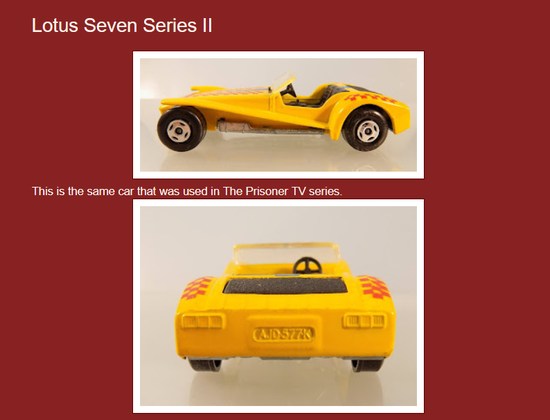
Cobras in Vietnam
208 pages. Acknowledgments, map. 8 pages of black-and-white photos. Glossary, bibliography, author's mini-bio.
This is another 'oldie' that I took off the shelf to read again. I have a well-worn paperback version, but the book was also released in hardback. Seems to be out-of-print now.
What makes this book unusual is that the author didn't just research his material, but also sought out and interviewed twelve veterans, some of whom are the basis for individual chapters in the book. (The author is a Vietnam vet, former helicopter crew chief, and formerly handled public affairs for the U.S. Army.)
The six-page introduction explains the development of the Cobra helicopter and how it was integrated into the Army.
Most of the following chapters focus on the experiences of a single veteran – and somewhat surprisingly, aren't always about Cobras!
Chapter 1 is about Jerry R. Ballantyne, who was transferred from Germany (where he served as a cavalry scout), and found himself assigned to the Headhunters aeroscout unit flying OH-13s. His job was to navigate, call in artillery, and operate the M-60 machinegun. After his aeroscout service, he became a LRRP. He was seriously wounded, receiving two Purple Hearts and many other awards.
Jim Kreutz, fresh out of aviation school, is co-piloting a Huey gunship in Chapter 2. Most of his missions were cross-border flights into Laos and Cambodia.
Chapter 3 provides more background on the army's development of the Cobra.
In Chapter 4, Tom Meeks transitions from Huey gunships to the Cobra. He explains the differences, including how he accidentally put a Cobra into a dive and crashed, and how effective the Cobras could be at convoy protection.
In Chapter 5, Chuck Nole is assigned to a scout squadron transitioning to the OH-6 Loach. Tired of waiting for instruction, the pilots crack open the manuals and train themselves! Eventually he realizes his dream of flying Cobras.
In Chapter 6, Thomas R. Wie was supposed to go to Vietnam, but at the last minute was sent to Germany. Having gained useful experience, he eventually gets into Cobra school and flies Cobras in the war. He explains quirks of the Cobra's flight characteristics, and a problem with the original tail light. He flew on Pink Teams, a Loach and a Cobra, where the Loach would find targets and the Cobra would unload on them.
In Chapter 7, Rex Swartz is flying Cobras in a rocket artillery unit. He discusses friendly fire incidents at Hamburger Hill, and flying support for the Americal Division.
In Chapter 8, Lou Boualt takes command of a Cobra company. He gives the perspective from his position, including political interference, and discusses changing tactics.
Jake Benjamin (Chapter 9) was Cobra qualified, which led to him taking command of Bravo Battery, Aerial Rocket Artillery. They were 'flying howitzers' providing infantry support, and sometimes operating into Laos with ARVN troops.
In Chapter 10, John B. Cole is assigned to the 361st Attack Helicopter Company (Escort), AKA the Pink Panthers. They flew classified missions out of Pleiku. He talks frankly about drug issues in the unit, which led to his helicopter crashing due to negligent maintenance.
The final chapter is the story of Roger Fox, who flew Huey slicks, then transitioned to Cobras in the final phase of the Vietnam War. He fought against tanks, flak and Strelas during the Easter Offensive.
Can you game it? This is useful background for a Cobra-centric campaign, or for designing ground scenarios involving Cobra support.
Highly recommended.
Reviewed by ![]() Editor in Chief Bill
Editor in Chief Bill ![]()
![]() .
.









